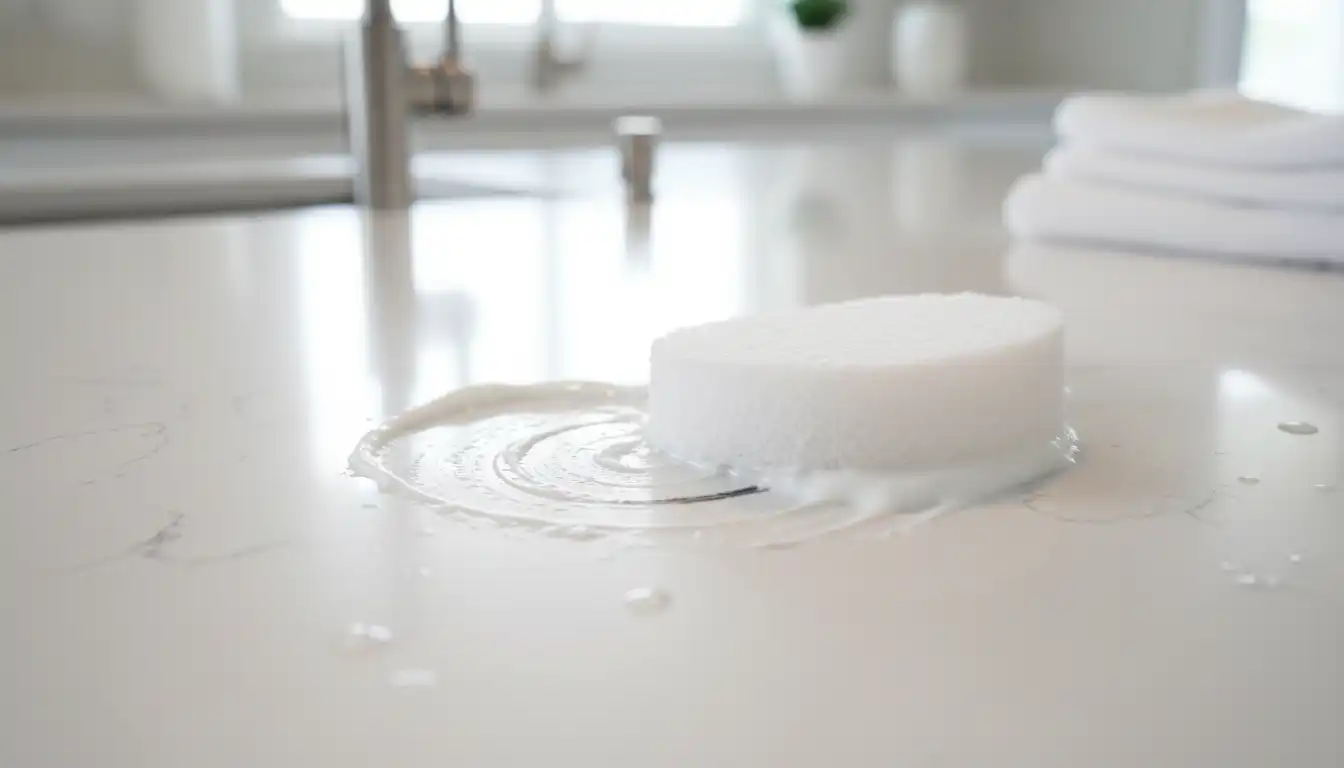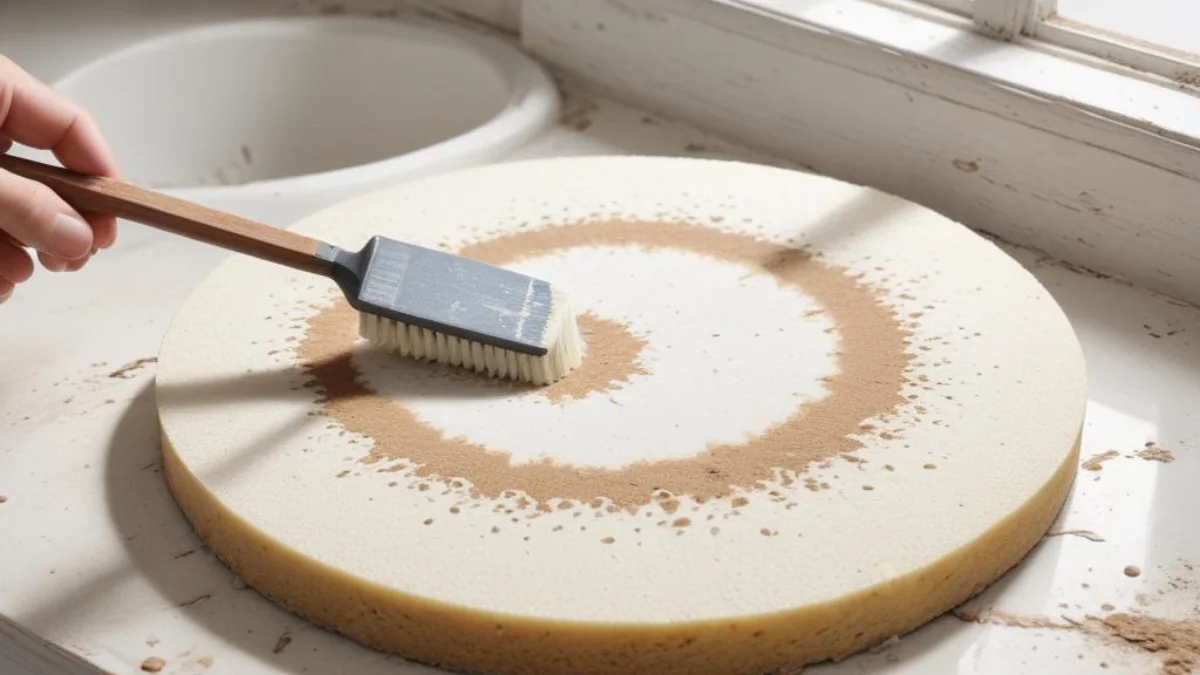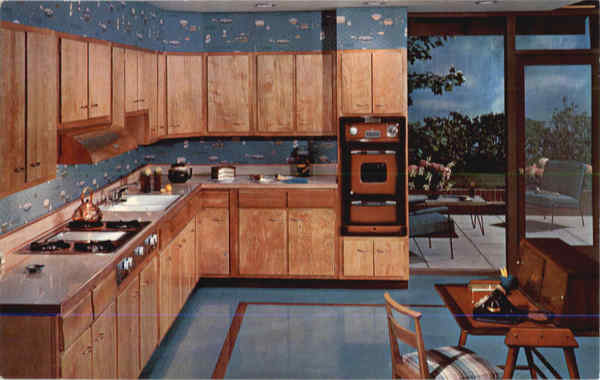How to Remove Scuff Marks from Quartz Countertops Like a Pro
Quartz countertops are a stunning and durable addition to any home, prized for their beauty and resilience. Homeowners love their non-porous surface, which resists staining better than many natural stones. Yet, despite their toughness, they are not entirely immune to daily wear and tear. One of the most common frustrations homeowners face is the appearance of mysterious scuff marks, detracting from the pristine finish of their investment. This comprehensive guide will explore exactly how to remove scuff marks from quartz countertops, restoring them to their original, flawless glory.
We’ll delve into the causes behind these pesky marks, outline safe and effective removal techniques, and provide essential tips to prevent them from returning. Whether you’re dealing with marks from pots and pans, small appliances, or everyday objects, you’ll find the solutions here. Our methods are straightforward, using common household items and specialized cleaners to deliver professional-quality results.
You'll Learn About
Understanding Scuff Marks on Quartz: What Are They and What Causes Them?
Before we tackle removal, it’s crucial to understand what you’re dealing with. A scuff mark is not a scratch. A scratch is a physical indentation or groove cut into the surface, while a scuff mark is typically a surface-level transfer of material from another object onto the countertop. This is good news, as scuffs are much easier to remove than deep scratches.
Quartz countertops are incredibly hard, usually ranking around 7 on the Mohs hardness scale. This means very few materials can actually scratch them. However, softer materials, particularly metals, can leave behind residue when dragged across the surface. Think of it like a pencil mark on paper; the mark sits on top of the surface rather than damaging it.
Common culprits behind scuff marks include:
- Pots, Pans, and Bakeware: Aluminum and stainless steel cookware are frequent offenders. Sliding a pan across the counter can leave a faint, dark line.
- Metal Utensils and Belt Buckles: Leaning against the counter or accidentally dropping a utensil can result in a quick scuff.
- Small Appliances: The feet or bases of appliances like mixers or coffee makers can create marks if moved without being lifted.
- Keys and Tools: Tossing a set of keys or placing tools on the counter can easily lead to scuffing.
Understanding the source helps in both removal and prevention. Now, let’s get into the step-by-step solutions to make those marks disappear.

Initial Assessment: Is It a Scuff or a Scratch?
First, determine the nature of the mark. Gently run your fingernail across it. If your nail glides smoothly over the mark without catching, it’s most likely a scuff mark. If your nail catches in an indentation, you are likely dealing with a scratch, which may require professional attention to repair.
Another simple test is to wet the area with a damp cloth. Scuff marks often become less visible or disappear entirely when wet, while scratches remain distinct. Once you’ve confirmed it’s a scuff, you can proceed with confidence using the methods below.
Gentle DIY Methods for Removing Light Scuff Marks
For minor scuff marks, always start with the least aggressive method. Often, a simple, non-abrasive approach is all that’s needed. These techniques use common household items and are safe for your quartz surface.
Method 1: The Simple Power of a Damp Microfiber Cloth
Before reaching for any cleaning products, try the simplest tool in your arsenal. A high-quality microfiber cloth and a little bit of water can sometimes work wonders. The fine fibers of the cloth are excellent at grabbing and lifting surface residue without being abrasive.
Dampen a clean microfiber cloth with warm water and wring it out so it’s not dripping. Apply gentle, firm pressure and rub the scuff mark in a circular motion. This simple action is often enough to lift minor metal deposits from the surface.
Method 2: The Mild Abrasiveness of a Baking Soda Paste
If water alone doesn’t do the trick, a baking soda paste is the next step. Baking soda is a very mild abrasive that can help lift tougher marks without damaging the quartz resin. Its gentle cleaning power makes it a go-to for many household cleaning tasks.
Create a paste by mixing baking soda with a small amount of water until it has the consistency of toothpaste. Apply the paste directly to the scuff mark and let it sit for a few minutes. Then, using a soft cloth or sponge, gently rub the area in a circular motion. Rinse the surface thoroughly with clean water and dry with a microfiber cloth to prevent water spots.
Method 3: Using a Magic Eraser (With Caution)
A Magic Eraser, which is a melamine foam sponge, is highly effective at removing scuff marks. However, it is a micro-abrasive, so it must be used with care to avoid dulling the polished finish of your quartz. Always test it on an inconspicuous area first, like a corner or overhang.
To use a Magic Eraser, wet it with water and squeeze out the excess. Gently rub the scuff mark in a circular motion with light pressure. You don’t need to scrub hard; let the foam do the work. Once the mark is gone, wipe the area clean with a damp cloth and dry it completely. This method is particularly effective for marks left by cookware.

Intermediate Solutions for More Stubborn Scuff Marks
Some scuff marks are more persistent and require a bit more cleaning power. The following methods involve specialized or slightly stronger cleaners that are still safe for quartz when used correctly. Always remember to rinse the surface with water after using any cleaning product.
Method 4: Utilizing a pH-Neutral Cleaner
Quartz manufacturers recommend using pH-neutral cleaners for daily maintenance and stain removal. These cleaners are formulated to be gentle on the resin binders in the quartz, preventing damage or discoloration. You can find cleaners specifically made for quartz or use a gentle, all-purpose cleaner that is marked as pH-neutral.
Spray the cleaner directly onto the scuff mark and let it sit for a minute or two to break down the residue. Use a soft cloth to wipe the area clean. For tougher marks, you may need to apply a little more pressure or repeat the process. This is a great, safe option for routine cleaning and tackling minor scuffs simultaneously.
Method 5: Bar Keepers Friend (Soft Cleanser)
Bar Keepers Friend is a popular and effective cleaner for many surfaces, including quartz. It is crucial to use the soft liquid cleanser, not the powder, as the powdered version can be too abrasive and may scratch the surface. The soft cleanser contains oxalic acid, which is excellent for breaking down metal marks.
Apply a small amount of the soft cleanser to a damp sponge or cloth. Gently rub the scuff mark, moving with the grain of any pattern if your quartz has one. Avoid vigorous scrubbing. Once the mark has vanished, rinse the area immediately and thoroughly with water, then dry with a clean cloth. Never let Bar Keepers Friend sit on the surface for an extended period.
Method 6: Isopropyl Rubbing Alcohol
For scuffs that have a greasy or inky component, isopropyl rubbing alcohol can be an effective solvent. It helps to dissolve the mark, making it easier to wipe away. This can be particularly useful for marks from permanent markers or dyes that may have been transferred.
Apply a small amount of rubbing alcohol to a clean, white cloth (to avoid dye transfer from the cloth). Gently rub the scuff mark until it lifts. Afterward, clean the area with mild soap and water to remove any remaining alcohol residue and dry the surface completely.
Advanced Techniques and When to Call a Professional
If you’ve tried the methods above and the mark remains, it might be a deeper scuff or a true scratch. In these cases, more advanced techniques may be necessary. However, these methods carry a higher risk of damaging the countertop’s finish if not done correctly, and calling a professional is often the safest choice.
Understanding Polishing Compounds for Quartz
There are polishing compounds specifically formulated for engineered stone. These products contain very fine abrasives designed to buff out minor surface imperfections and restore shine. Using a polishing compound often requires a variable-speed polisher and different grit pads, a task best left to a stone care professional.
Attempting to polish your quartz countertop without the proper tools and experience can lead to an uneven finish, dull spots, or even more noticeable scratches. If you’re considering this route, it’s wise to get a quote from a countertop repair specialist first.
The Risks of DIY Polishing
The resin used in quartz countertops can be sensitive to heat generated by polishing machines. Excessive heat can cause the resin to melt or “burn,” resulting in permanent discoloration. Professionals are trained to use the correct speed and pressure to avoid this type of damage.
Furthermore, matching the factory finish of your countertop is extremely difficult. A DIY polishing job might remove the scuff but leave a patch that looks noticeably different from the rest of the surface. This can be more distracting than the original mark. It’s also important to consider that issues can compound; for example, if you find yourself with inconsistent water temperature, you might wonder why is my shower either hot or cold, which could be a separate plumbing problem needing attention.
When Professional Help is Necessary
If a mark doesn’t come off with gentle to intermediate cleaning methods, it’s time to consult a professional. Stone restoration experts have the specialized tools, products, and expertise to address more significant issues without causing further harm. They can accurately identify the type of mark and apply the correct repair technique.
A professional can also address deeper scratches by filling them with a color-matched epoxy or resin and then polishing the area to blend seamlessly with the surrounding surface. This level of repair is beyond the scope of most DIY solutions and ensures a flawless result. Just as you’d call a professional if your roof caved in from rain, significant countertop damage warrants expert intervention.
Preventing Future Scuff Marks: Proactive Care for Your Countertops
The best way to deal with scuff marks is to prevent them from happening in the first place. With a few simple habits, you can keep your quartz countertops looking new for years to come. Proactive care is always easier than reactive repairs.
Best Practices for Daily Use
Adopting some key practices in your daily kitchen routine can make a huge difference. These small adjustments will protect your investment and minimize the need for cleaning and repairs.
- Always Use Cutting Boards: Never cut directly on your quartz countertops. While quartz is scratch-resistant, knives can still leave metal marks and eventually dull the surface.
- Lift, Don’t Drag: Make it a habit to lift pots, pans, and small appliances instead of sliding them across the counter. This is the single most effective way to prevent scuffs.
- Use Trivets and Hot Pads: While quartz is heat-resistant, sudden temperature changes (thermal shock) can damage the resin. Always place hot cookware on trivets or pads. This also prevents potential scuffing from the bottom of the pan. Similarly, when considering flooring, it’s wise to compare options like heated flooring systems; a detailed comparison of Nuheat vs Ditra-Heat can help you make an informed choice for your home.
- Use Coasters: Place coasters under glasses and mugs to prevent water rings and potential stains from acidic drinks like wine or coffee.
By incorporating these simple habits, you’ll significantly reduce the likelihood of scuffs and other damage, keeping your countertops in pristine condition.
Choosing the Right Cleaning Supplies
Using the wrong cleaning products can cause more harm than good. Abrasive cleaners and scouring pads can create micro-scratches that dull the surface over time. Stick to the basics for daily cleaning and maintenance.
A soft microfiber cloth and a simple solution of mild dish soap and warm water are all you need for everyday cleaning. This gentle combination effectively removes grease and grime without harming the quartz. Always rinse thoroughly and dry the surface to prevent soap buildup and water spots.
| Cleaning Method | Best For | Risk Level | Key Instructions |
|---|---|---|---|
| Microfiber Cloth & Water | Very light, fresh marks | Very Low | Use gentle, circular motions with a damp cloth. |
| Baking Soda Paste | Light to moderate scuffs | Low | Apply paste, let sit briefly, then rub gently with a soft cloth. Rinse well. |
| Magic Eraser | Metal transfer marks from cookware | Low to Medium | Use wet with very light pressure. Test on an inconspicuous spot first. |
| pH-Neutral Cleaner | General cleaning and light scuffs | Very Low | Spray on, let sit for a minute, and wipe clean. Follow product directions. |
| Bar Keepers Friend (Soft Cleanser) | Stubborn metal scuffs | Medium | Use small amount on a damp cloth, rub gently, and rinse immediately. Do not use the powder version. |
| Isopropyl Rubbing Alcohol | Scuffs with ink or grease | Low | Apply with a white cloth, rub gently, then clean the area with soap and water. |
Conclusion: Maintaining the Beauty of Your Quartz Countertops
Quartz countertops are a durable and beautiful choice for any home, but they require proper care to maintain their flawless appearance. Scuff marks, while alarming, are usually surface-level issues that can be resolved with the right techniques. By starting with the gentlest methods and working your way up, you can safely and effectively remove most scuffs without damaging your countertop.
Remember, prevention is the best strategy. Simple habits like using cutting boards, lifting cookware, and using trivets will protect your investment for the long term. For daily cleaning, stick to soft cloths and mild, pH-neutral cleaners. And when faced with a particularly stubborn mark or a deep scratch, don’t hesitate to call a professional. With the right care and maintenance, your quartz countertops will remain a stunning focal point in your home for years to come.

